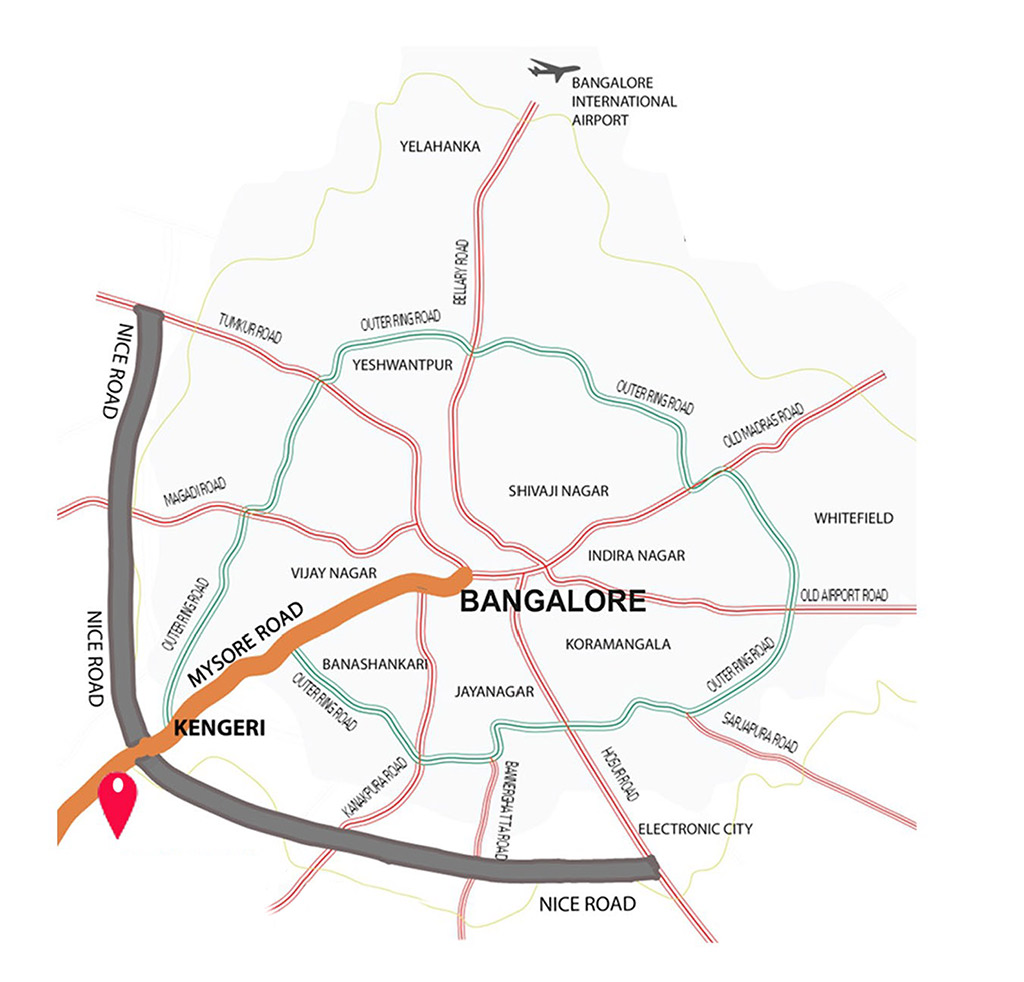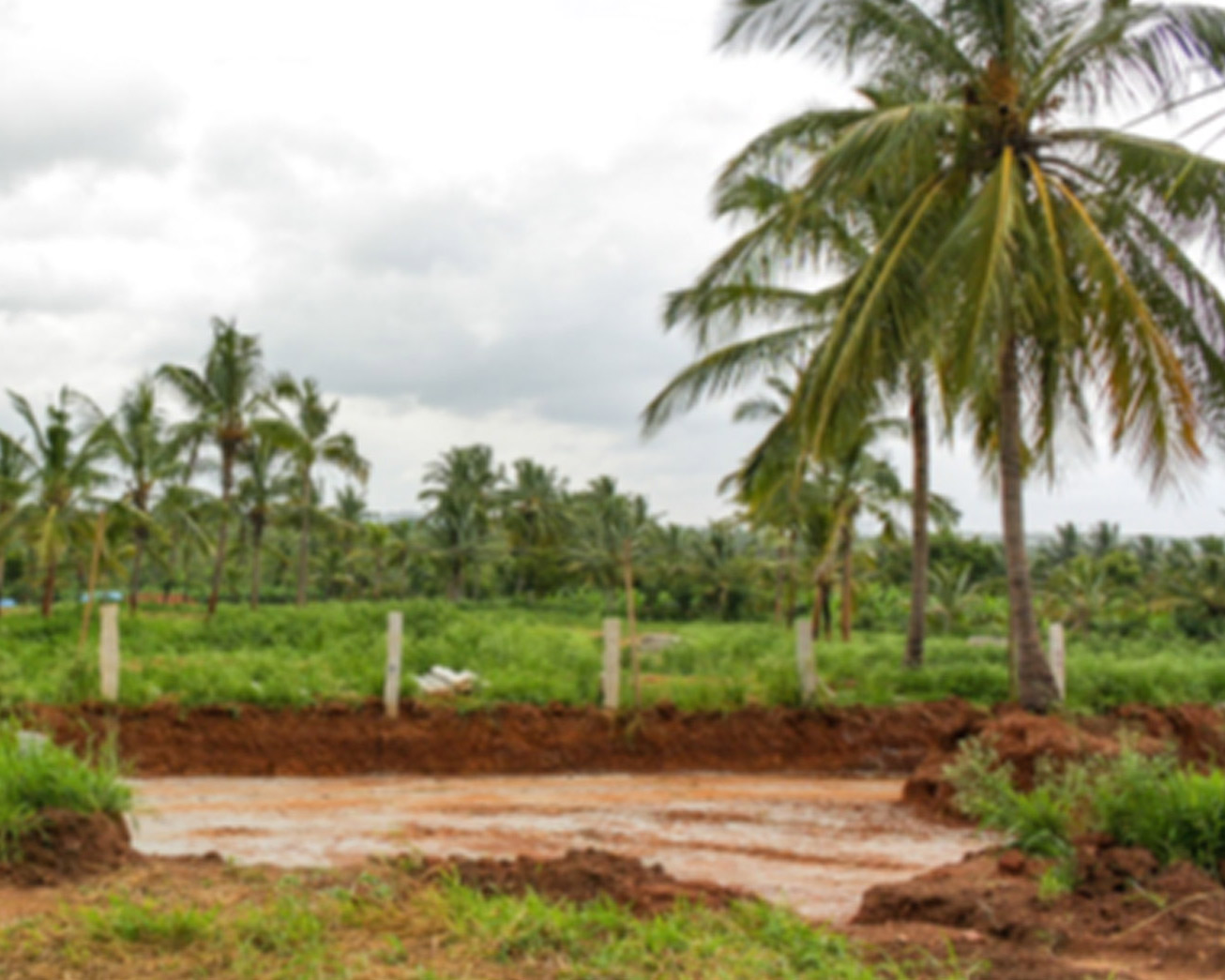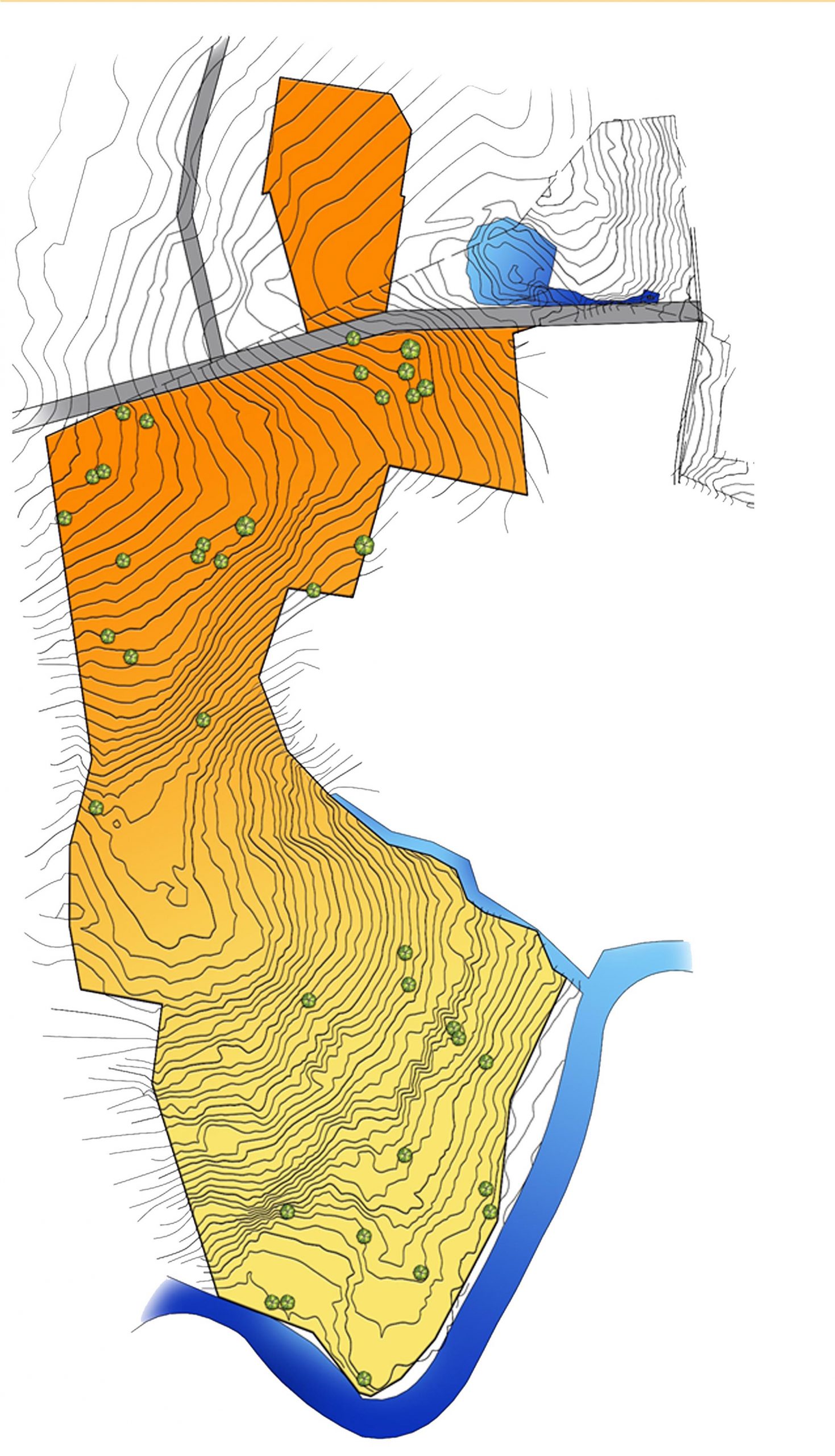The Story of the Land
GEOGRAPHY
GoodEarth Malhar is located in the village of Kambipura, near Kengeri Satellite Town. Kengeri is a suburb of Bengaluru, located roughly 20 kilometres south-west of the city centre along the Bengaluru-Mysore Highway. With the rapid urbanisation of Bengaluru over the last couple of decades, and the exponential increase in migrant population, suburbs around the city have gradually developed into self-contained hubs, offering their residents amenities from education and health care to retail and entertainment. Kengeri is one such suburb. An old town with a rich history from the time of the Cholas and Tipu Sultan, the expansion of Bengaluru has had a significant impact on its growth.
We began our experiments in building communities in and around Kengeri in 2004, and it soon became familiar territory for us. The area was attractive in many ways – large institutional land parcels which would prevent sporadic and disorganised development, a high water table, and accessible by road, bus and soon-to-be commissioned metro rail. Our early communities were typically built for 25-50 families, which was a scale we grew comfortable with. Through it all, our vision of an eco-village on a grander scale remained.

FINDING MALHAR
It was while exploring a shorter route between two of our sites that we first came across the land where Malhar exists today. A narrow mud road with overgrown foliage on either side surprised us with a delightful pond full of lilies. The unassuming water body merged seamlessly with the vegetation around it, and was buzzing with bird and insect life. After a long and dusty day’s work at a construction site, the serenity of the place was a sight for sore eyes. With a thought of perhaps building our office on the edge of this lake, we investigated the ownership of the land. That was how we came across the Asirvanam Benedictine Monastery. The Monastery had existed in this locality for over 100 years. It was well known in Bangalore for its dairy farm and the relationship the Monastery had with local farmers. We met the Fathers who owned the properties around – and discovered that they were looking to dispose of some land!
The Monastery owned a much larger tract, a part of which they wished to sell. That “part” ended up extending to over 50 acres! The possibility of access to a canvas at that scale, one at which a true eco-village could be developed, was truly enticing. While far beyond our capabilities at the time, we convinced the Fathers of our long-term vision, negotiating a staged purchase and development plan to last over the next several years. The lake that brought us here could not be a part of Malhar, as the land around it was not available. Instead we were offered a grazing ground for cattle as a potential location. Surrounding us was a newly developing residential area, the adjacent land parcels large and primarily institutional.


THE SITE
Our first official visit to the site was in early 2010. The acres of land stretched out before us, a sea of fodder grass with some areas wild and unapproachable. A few thorny jungle jalebi trees stood out for their character, as did several fig and rain trees. A water channel towards the east of the site was hidden by trees and shrubs. It was a magical little place, and a bench in one of the clearings indicated that others who used the land thought so too! Our instinctive thoughts were to retain this water channel as a feature, by building small check dams and water recharge wells along it.
The gradient was approximately 1:30 towards the south, and became an important feature in the design, used to create interesting levels and a source of soil mined for mud blocks. The terrain was hilly and formed gentle hills and valleys, and the natural water flow created seasonal water bodies and channels which drained into the nearby Vrishabhavati River.
After that first visit, it became a ritual to visit the Malhar site, walk its length and breadth to get a sense of the place, and visualise what it would become. The vibrant natural ecosystem of plant, bird, insect and snake life almost made the space feel sacred. It became one of the intents to retain this habitat as far as possible. The quiet energy of the land gave us the continued strength and courage to make all the ideas we had been dreaming of a reality.

The photos here take me back to so many small stories!!
The dense trees and the canopy along the stream(now behind Terraces) was something which stuck onto my head then and now after a decade has been recreated in essence and experience.
Am yet to read many of the posts, but this is such an exceptional story, Natasha. Looking forward to reading the other strands of how Malhar came together. We have been here for about two and a half years and have enjoyed our time here in this unique community
Do Read and it would be interesting to hear your take- the good and the not so good. Looking forward to seeing that.